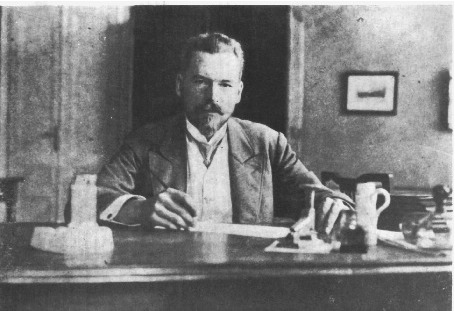Speaker
Description
We consider an open (Brownian) classical harmonic oscillator in contact with a non-Markovian thermal bath and described by a generalized Langevin equation. When the bath's spectrum has a finite upper cutoff frequency, the oscillator may have ergodic and nonergodic configurations. In ergodic configurations (when exist, they correspond to lower oscillator frequencies) the oscillator demonstrates conventional relaxation to thermal equilibrium with the bath. In nonergodic configurations (which correspond to higher oscillator frequencies) the oscillator in general does not thermalize, but relaxes to periodically correlated (cyclostationary) states whose statistics vary periodically in time. For a specific dissipation kernel in the Langevin equation, we evaluate explicitly relevant relaxation functions, which describe the evolution of mean values, time correlations and response properties.
One interesting effect is an unusual resonance (``quasi-resonance") which occurs for the oscillator with the critical value of the natural frequency $\omega=\omega_c$, which separates thermalizing (ergodic) and non-thermalizing (nonergodic) configurations. In that case the resonance response to an external ac force is unrestricted (despite the presence of dissipation) and increases with time sublinearly. That response can be interpreted as a resonance between the external force and the incipient localized mode.

